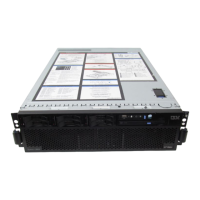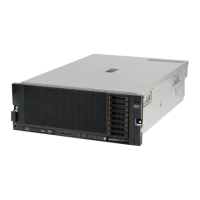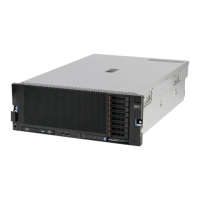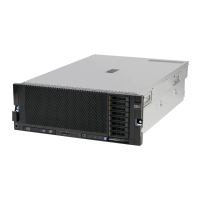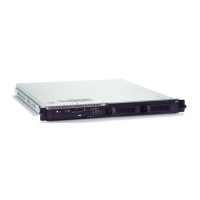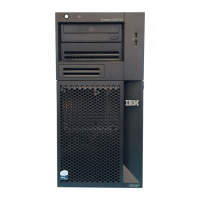Chapter 1. Introduction 3
In X6, flash-based storage choices are as follows:
– IBM eXFlash DIMMs: Where flash based storage modules are installed in memory
DIMM sockets, thereby having the lowest possible latency and maximized
performance.
– IBM eXFlash SSDs: Based on packs of 1.8-inch solid-state drives and standard
SAS/SATA storage connectivity.
– External IBM FlashSystem™ storage systems: Based on Fibre Channel connectivity.
– IBM FlashCache Storage Accelerator: Intelligent, application-level caching software
that transforms IBM High IOPS Adapters and qualified SSDs into a transparent and
dynamic flash cache for “hot” data.
For more information about flash storage, see 1.5, “Flash storage” on page 8.
1.1.2 Business analytics
Data warehouses are commonly used with online analytical processing (OLAP) workloads in
decision support systems, such as financial analysis. Unlike OLTP, where transactions are
typically relatively simple and deal with small amounts of data, OLAP queries are more
complex and process larger volumes of data.
For OLAP workloads, transactional delays can significantly increase business and financial
risks. Usually, decision making is stalled or delayed because of lack of accurate, real-time
operational data for analytics, which can mean missed opportunities.
These transactional delays come primarily from batch data loads and performance issues
due to handling heavy complex queries and massive amounts of data (frequently referred to
as big data) that use I/O resources. For OLAP workloads, a fast response time is critical to
ensure that strategic business decisions can be made quickly in dynamic market conditions.
In general, clients might experience the following challenges with OLAP environments:
Slow query execution and response times, which delay business decision making.
Dramatic growth in data, which requires deeper analysis.
IBM X6 systems can help to make businesses more agile and analytics-driven by providing
up-to-the-minute analytics based on real-time data. As with OLTP workloads, in-memory
databases or flash storage are used for workload optimization (see 1.4, “Storage versus
in-memory data” on page 7 and 1.5, “Flash storage” on page 8).
Using IBM X6 technology, we help address challenges in OLAP environments in the following
ways:
Dramatically boosting the performance of OLAP workloads with distributed scale-out
architecture, providing almost linear and virtually unlimited performance and capacity
scalability.
Significantly improving response time for better and timely decision making.
1.1.3 Virtualization
Virtualization commonly increases effectiveness in resource usage, reduce capital expenses,
and software licensing fees, and reduce operational and management costs.
The first wave of server consolidation focused on lightly loaded servers that easily tapped into
a hypervisor’s ability to share processor and memory resources across applications.
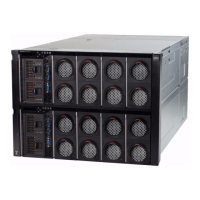
